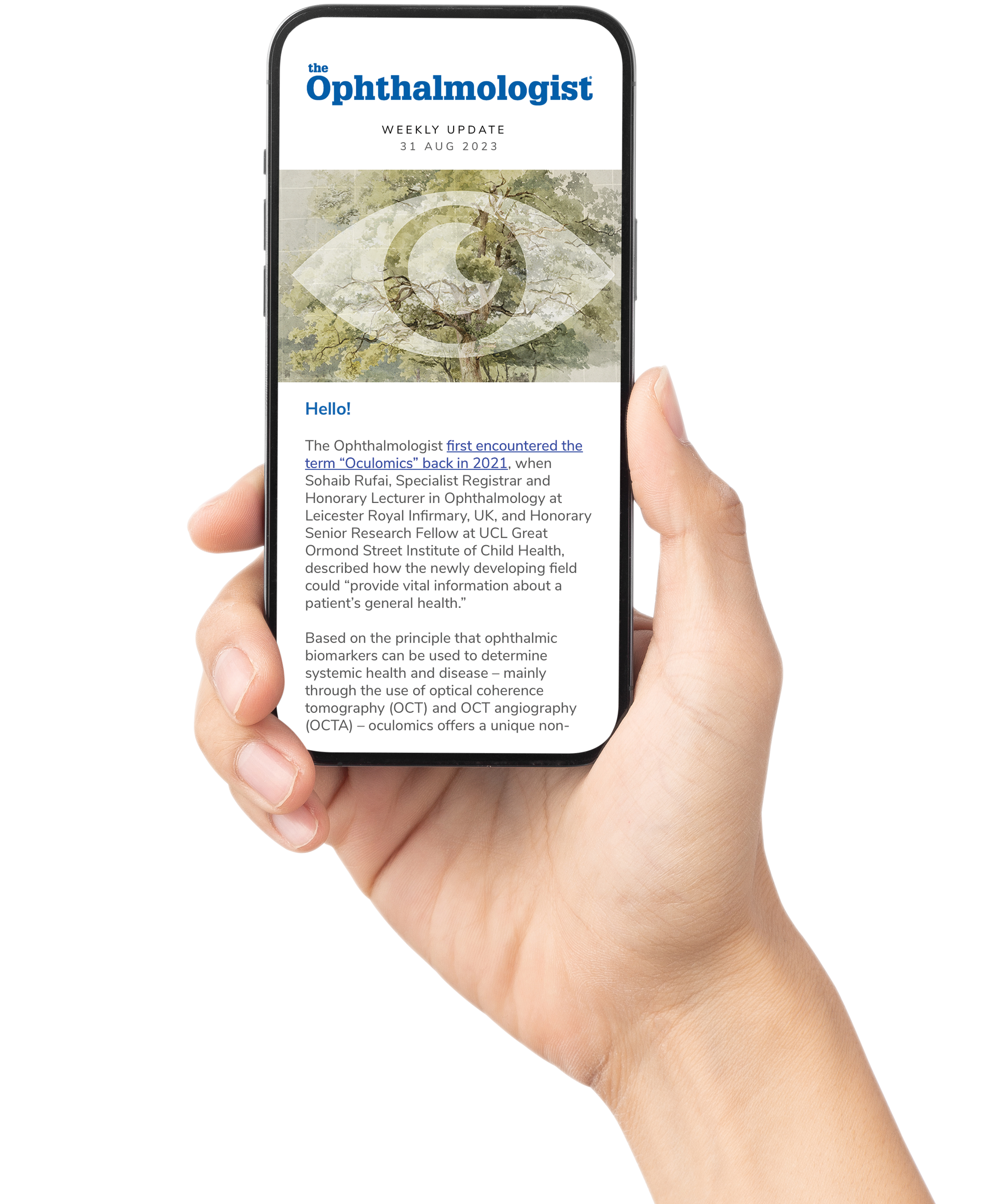"You can’t out-chain the chains. But you can out-care them."
This is the paradox for refractive surgeons today. Many want to offer premium care that is personal, comforting, and life-changing. Yet they hesitate to charge premium prices. They fear how it may appear — worrying about being seen as greedy or out of touch with economic pressures.
At the same time, the market is changing.
Low-cost corporate chains are consolidating. They will cut costs and gain market share by using low prices. Mid-market independent clinics are in a tough spot. They are too costly for budget patients but too average for premium ones. Margins are shrinking, and patients want more for less.
If you’re caught in the middle, there’s nowhere safe to stand.
The shrinking middle
Market consolidation is speeding up. Chains offer one-size-fits-all care at low prices. Tech-led platforms automate processes. Clinics that try to match these prices will lose because they can’t compete on scale.
But premium offers an alternative — premium isn’t about volume, it’s about value. And for independent surgeons wanting to stay solo, value is the last solid ground they can stand on.
In a world of mass production, personal care is rare. And rarity can be a valuable commodity.
What premium really means
Premium doesn’t mean fancy — it doesn’t mean plush antique sofas or chandelier-lit rooms.
Rather, for patients, premium means peace of mind. It means fewer handoffs and more face time, more personalized attention and flexible scheduling.
Premium also means confidence in the outcome of the procedure, and calmness during the process. Premium aligns with patients' values and lifestyles, and they will pay more when your service feels worth it. But to do this, they have to feel it.
Reframing the upsell
Let’s be honest — most surgeons dislike the term “upsell.”
It can make surgery feel more like a car dealership than a vision-saving practice. But it’s not about pushing products to patients, it's about serving them more effectively.
Upselling is most successful when it focuses on the patient’s own goals, rather than the actual procedures your practice offers. It is about presenting options they didn’t know existed, but would choose with enthusiasm if presented to them.
Lifetime enhancements. Concierge support. Second opinions. Surgeon-led care. Priority access. Faster recovery times.
All of these things aren’t “add-ons.” They are answers to unspoken hopes.
Introducing premium options
The best time to offer premium services is during the discovery phase, not after they've made their decision.
You can use the consultation to learn what patients truly want. Is it freedom from glasses? Confidence at work? The ability to travel without downtime?
When you actively listen to your patients, your offer becomes a solution rather than a sales technique.
You can present choices using a “good-better-best” framework. Not to pressure, but to guide. Patients appreciate options, but they need context to choose. Tiered packaging helps them see what’s possible and what fits their needs.
Packaging and perception
How you frame your offer matters as much as the content.
Avoid clinical labels like “Bilateral LASIK + 2 post-op visits.” Instead, say “Precision Vision Package. It includes surgeon-led care, extended follow-up, and a lifetime enhancement guarantee.”
Patients don’t buy procedures; they buy peace of mind.
And your language should reflect that. The names, visuals, and tone of your website shape perception. And perception shapes value.
Training your team to deliver premium
Premium isn’t just a product; it’s an experience that fills a gap. This experience starts before surgery.
Therefore, every touchpoint - from the first call to the final follow-up — must reflect elevated care.
Your team needs to believe in the value of what you offer, and so they should understand why one tier costs more and how it better serves the patient.
Role play and scripts can help to inform your team, but most of all it’s about behavior.
When your team sees upselling as helping, not hustling, they're more likely to do what's required.
Real results from premium positioning
A client made a “Concierge Care” bundle. Priority scheduling, unlimited post-ops, and direct messaging with the surgeon. In 90 days, uptake nearly doubled.
Another feared raising prices. He thought patients would push back. Instead, bookings rose and so did referrals. He tailored his premium offer to focus on outcome confidence and personal connection, and patients responded positively.
When patients trust you, they want the best version of your offer. Not everyone will choose it. But many will — if you give them the chance.
The strategic payoff
Premium services don’t just bring higher margins; they build deeper, long-lasting relationships with patients.
Premium patients value these services more - they refer more, they stop shopping around, and they trust you as their go-to surgeon.
For practice owners thinking long-term, this matters. High-value services boost EBIT (earnings before interest and taxes). They improve predictability. They raise your business's valuation - whether you plan to sell or reduce your daily involvement.
Premium is profitable, yes. But more importantly, it’s sustainable for the long term.
You already have patients who would choose the premium option.
I estimate that 20% would pay up to 5X more. They just don’t know it’s available.
You don’t need to be pushy and you don’t need to “upsell.” All you need to do is show patients the care that they didn’t know they could ask for.
Start with one service. Repackage it. Present it clearly. Test it.
And honestly, you might be surprised by how many patients say yes. In an industry that is continually chasing scale, sameness, and speed, your advantage isn’t being cheaper or faster. It’s being better.
And that starts with giving people what they really want — care that’s worth paying for.
